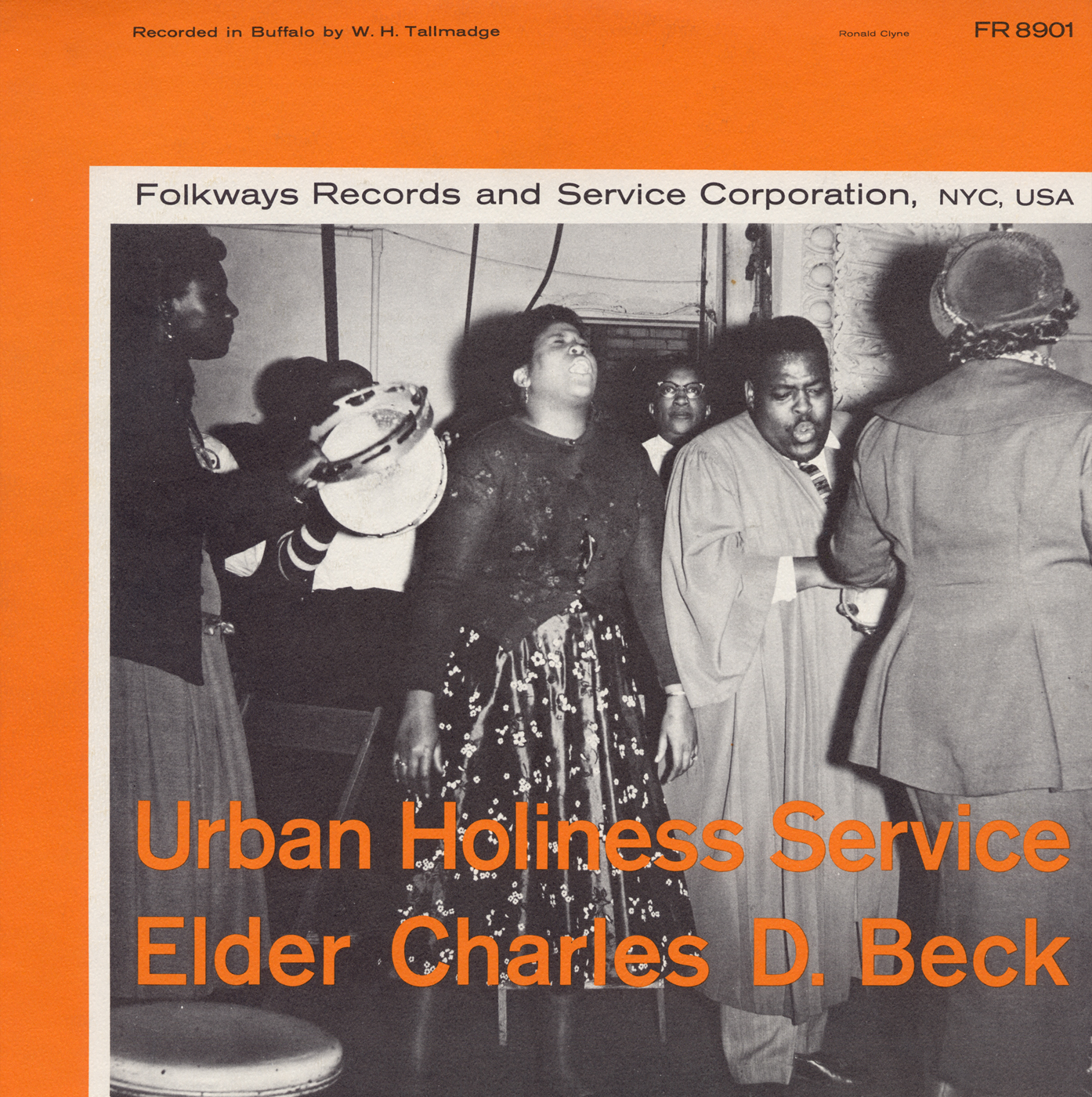Swing music, or simply
swing, is a form of popular music developed in the United States that dominated in the 1930s and 1940s. The name swing came from the 'swing feel' where the emphasis is on the off–beat or weaker pulse in the music. Swing bands usually featured soloists who would improvise on the melody over the arrangement. The danceable swing style of
big bands and
bandleaders such as
Benny Goodman was the dominant form of American popular music from 1935 to 1946, a period known as the
swing era. The verb "to
swing" is also used as a term of praise for playing that has a strong
groove or drive. Notable musicians of the swing era include
Louis Armstrong,
Duke Ellington,
Count Basie,
Benny Goodman,
Artie Shaw,
Glenn Miller,
Woody Herman,
Tommy Dorsey,
Jimmy Dorsey,
Harry James,
Louis Jordan, and
Cab Calloway.
Swing has roots in the 1920s as larger dance music
ensembles began using new styles of written arrangements incorporating rhythmic innovations pioneered by Louis Armstrong and
Earl Hines. A typical song played in swing style would feature a strong, anchoring rhythm section in support of more loosely tied wind and brass. The most common style consisted of theme choruses and choruses with improvised solos within the framework of his bandmates playing support. Swing music began to decline in popularity during World War II because of several factors. Swing influenced the later styles of
traditional pop music,
jump blues, and
bebop jazz. Swing music saw a revival in the late 1950s and 1960s with the resurgent
Count Basie and
Duke Ellington orchestras, and with pop vocalists such as
Frank Sinatra and
Nat King Cole.
Swing blended with other genres to create new music styles. In
country music, artists such as
Jimmie Rodgers,
Moon Mullican and
Bob Wills introduced many elements of swing along with
blues to create a genre called
western swing.
Gypsy swing is an outgrowth of
Venuti and
Lang's jazz violin swing.
1920s: Roots
Developments in dance orchestra and jazz music during the 1920s both contributed to the development of the 1930s swing style. Starting in 1923, the
Fletcher Henderson Orchestra featured innovative arrangements by
Don Redman that featured
call-response interplay between brass and reed sections, and interludes arranged to back up soloists. The arrangements also had a smoother rhythmic sense than the ragtime-influenced arrangements that were the more typical "hot" dance music of the day.
[1] In 1924
Louis Armstrong joined the Henderson band, lending impetus to an even greater emphasis on soloists. The Henderson band also featured
Coleman Hawkins,
Benny Carter, and
Buster Bailey as soloists, who all were influential in the development of swing era instrumental styles. During the Henderson band's extended residency at the
Roseland Ballroom in New York, it became influential on other big bands.
Duke Ellington credited the Henderson band with being an early influence when he was developing the sound for his own band.
[1] In 1925 Armstrong left the Henderson band and would add his innovations to New Orleans style jazz to develop Chicago style jazz, another step towards swing.
Traditional New Orleans style jazz was based on a two-
beat meter and
contrapuntal improvisation led by a trumpet or cornet, typically followed by a clarinet and trombone in a
call-response pattern. The rhythm section consisted of a sousaphone and drums, and sometimes a banjo. By the early 1920s guitars and pianos sometimes substituted for the banjo and a string bass sometimes substituted for the sousaphone. Use of the string bass opened possibilities for 4/4 instead of 2/4 time at faster tempos, which increased rhythmic freedom. The Chicago style released the soloist from the constraints of contrapuntal improvisation with other front-line instruments, lending greater freedom in creating melodic lines. Louis Armstrong used the additional freedom of the new format with 4/4 time, accenting the second and fourth beats and anticipating the main beats with lead-in notes in his solos to create a sense of rhythmic pulse that happened between the beats as well as on them, i.e.
swing.
[2]
In 1927 Armstrong worked with pianist
Earl Hines, who had a similar impact on his instrument as Armstrong had on trumpet. Hines' melodic, horn-like conception of playing deviated from the contemporary conventions in jazz piano centered on building rhythmic patterns around "pivot notes." His approaches to rhythm and phrasing were also free and daring, exploring ideas that would define swing playing. His approach to rhythm often used accents on the lead-in instead of the main beat, and mixed meters, to build a sense of anticipation to the rhythm and make his playing swing. He also used "stops" or musical silences to build tension in his phrasing.
[3][4] Hines' style was a seminal influence on the styles of swing-era pianists
Teddy Wilson,
Art Tatum,
Jess Stacy,
Nat "King" Cole,
Erroll Garner,
Mary Lou Williams, and
Jay McShann.
Black
territory dance bands in the southwest were developing dynamic styles that often went in the direction of blues-based simplicity, using
riffs in a
call-response pattern to build a strong, danceable rhythm and provide a musical platform for extended solos.
[5] The rhythm-heavy tunes for dancing were called "stomps." The requirement for volume led to continued use of the sousaphone over the string bass with the larger ensembles, which dictated a more conservative approach to rhythm based on 2/4 time signatures. Meanwhile, string bass players such as
Walter Page were developing their technique to the point where they could hold down the bottom end of a full-sized dance orchestra.
[6]





